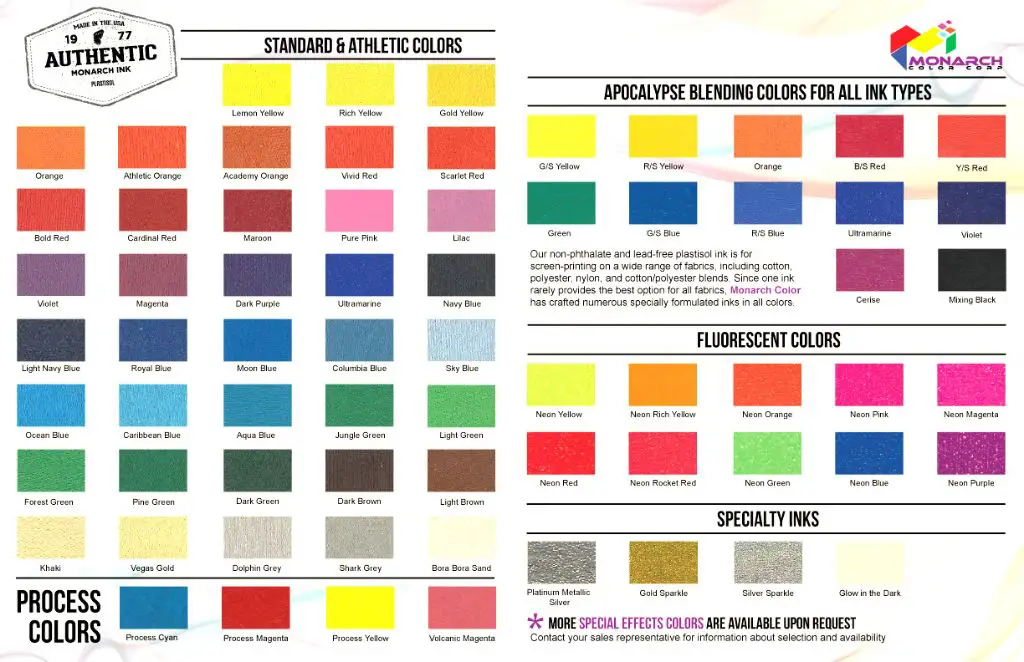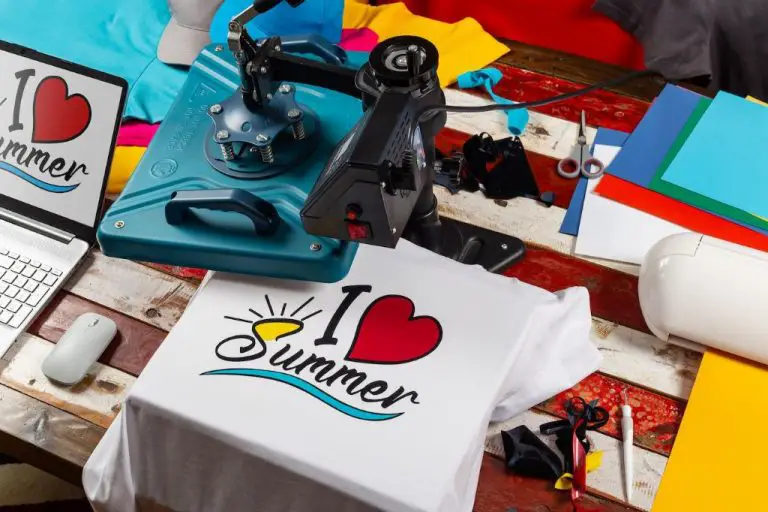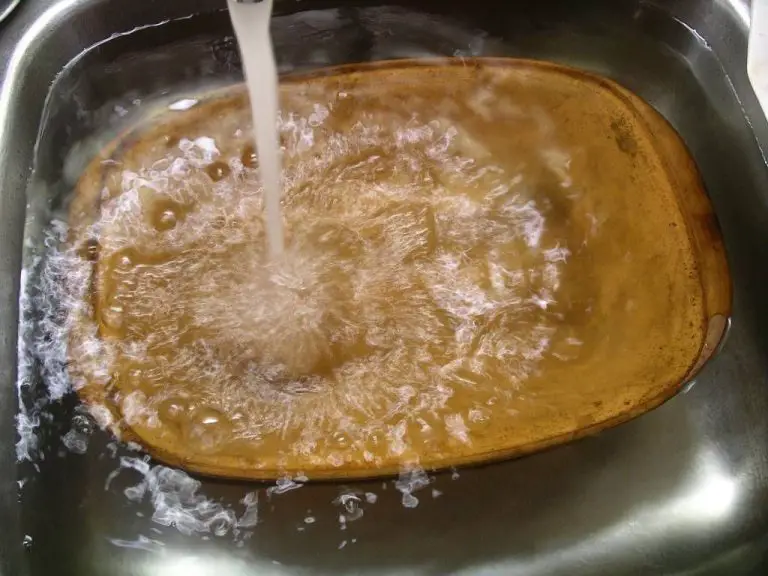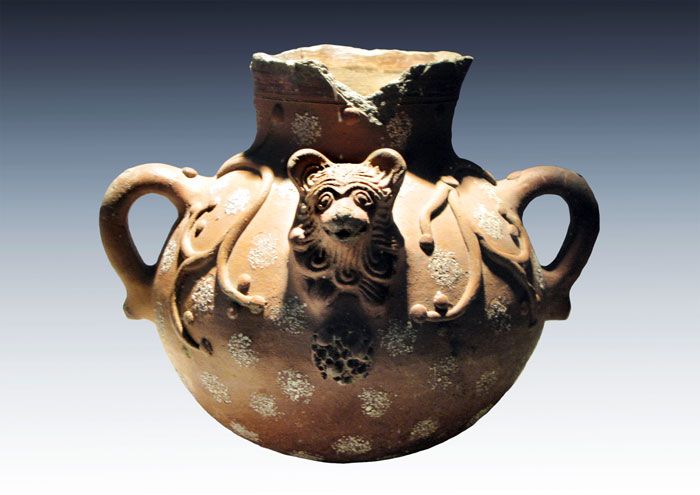What Does Silk Screen Do?
What is Silk Screen Printing?
Silk screen printing, also known as screen printing or serigraphy, is a printing technique that uses a mesh screen to transfer ink onto a surface. The process was originally used to print on fabrics as early as 1000 AD in China but eventually found popularity for paper printing as well https://marathonsportswear.net/history-of-silk-screen-printing/. It works by blocking off parts of the screen with a stencil, then using a squeegee to push ink through the open areas of the mesh onto the printing surface below.
The screen itself is made of a tight mesh fabric, originally silk but now most commonly polyester or nylon. The areas that need to remain ink-free are blocked off with a stencil, traditionally a photo emulsion but now also done with vinyl or other materials. The stencil leaves open only the areas where ink should pass through the screen. Ink is placed atop the screen, then a rubber squeegee blade pushes it through the open mesh and onto the substrate below.
As the squeegee moves across the screen, the ink passes through the open areas while the stencil blocks any ink from going through the solid parts. The result is an ink print directly mirroring the design on the stencil. Silk screen printing is a versatile process that can be used to print on a wide variety of materials like paper, plastic, glass, metal, textiles, and more https://www.learnhowtoscreenprint.com/blogs/news/screen-printing-history.
Uses of Silk Screen Printing
Silk screen printing is used for printing on a wide variety of materials. Some of the most common uses include:
T-shirts and apparel – Silk screening is commonly used for printing designs, logos, and graphics on t-shirts, sweatshirts, hats, and other apparel items. The soft texture of the fabric makes it ideal for silk screening. The printed design stands out well and resists cracking or peeling with wear. Silk Screen Printing Dubai
Posters and art prints – Artists use silk screening to create posters, limited edition prints, and other artwork. The layered color process allows more complex and nuanced artwork to be produced. Silk screening is popular for pop art and graphic design oriented prints.
Electronics manufacturing – In manufacturing electronics like circuit boards, keyboards, and appliances, silk screening can accurately and efficiently print conductive inks, etch-resists, and graphics onto components.
Ceramics and glass – Silk screening is used to decorate ceramics, glassware, tiles, and other smooth surfaces. Multiple layers of colored ink can build up detailed logos, designs, and effects on glass and ceramic items.
Advantages of Silk Screen Printing
Silk screen printing, also known as screen printing or serigraphy, offers several key advantages that make it a popular printing technique. Some of the main benefits include:
Ability to Print on Many Surfaces
One of the key advantages of silk screen printing is its versatility when it comes to substrates. Screen printing inks can be used to print on a wide variety of materials, including textiles, plastics, metal, glass, and more [1]. This makes it a very flexible printing method.
Cost Effective for Bulk Orders
While the initial setup costs for screen printing can be high, it becomes a very cost-effective option for printing large quantities of items [2]. The more units that are printed, the lower the cost per unit becomes. This makes it ideal for bulk orders and mass production.
Bright, Vibrant Ink Colors
Screen printing inks are known for their bright, bold colors with high opacity. The ink sits on top of the substrate, rather than absorbing into it, allowing for very vibrant prints. This makes it well suited to printing posters, t-shirts, packaging, and other items where bright colors are desired.

Versatile Technique
From t-shirts to circuit boards, screen printing is used across a vast array of industries and applications. Its ability to print on odd-shaped items, combined with its durability and wide color gamut, make it an extremely versatile printing technique.
Disadvantages of Silk Screen Printing
While silk screen printing has many advantages, there are some downsides to consider as well. One of the main disadvantages is the high setup costs associated with creating screens and stencils. Each color used in a design requires its own custom screen, which must be precisely produced. This setup process can be expensive and time consuming, especially for complex multi-colored designs.1
Another drawback of silk screening is that it struggles with reproducing fine detail and gradients. The meshes used for screens have a limit on their precision. As a result, intricate details and subtle color variations don’t always print cleanly. Silk screening excels at bold graphics and solid colors, but can’t always match the nuance of continuous tone artwork like photographs.2
Finally, there are limits on the number of colors that can be printed per run. Each color requires a separate screen set up, which adds expense. As more colors are added, the chances of registration issues also increase. While processes like CMYK printing allow countless colors to be blended, silk screening is more constrained in its color capabilities per print.
The Silk Screen Printing Process
The silk screen printing process involves several key steps:
Design and Film Output
The first step is to create the design that will be printed. This is usually done using design software to make a digital file. Once the design is finalized, it must be printed onto a film positive which creates the stencil. The film positive is a transparent sheet that is printed with a black ink in the areas where ink will print on the final product. This film is used to make the screen (Source 1).
Screen Preparation
Next, the screen must be prepared. The screen is made of a tightly woven mesh and a frame. An emulsion is applied to the screen and left to dry. The emulsion is light sensitive and will harden when exposed to UV light. The stencil film positive is then placed on the screen and it is exposed to UV light. The light hardens the emulsion on the stencil areas but the rest stays soluble. The soluble emulsion is then washed out leaving open mesh where the design will print (Source 2).
Screen Setup
The prepared screen is mounted onto the press. Care is taken to make sure the screen is taut and aligned properly for the print run.
Ink Preparation
The ink to be used is prepared and mixed to ensure proper viscosity and consistency for optimal printing.
Printing
During printing, ink is placed on top of the screen, and a squeegee is used to press the ink through the open mesh areas onto the substrate below. The squeegee pressure transfers the ink onto the material being printed.
Drying/Curing
Finally, the prints are allowed to dry or are cured depending on the ink type. For drying, prints are left to air dry. For curing, a heating process like convection or infrared is used to cure inks.
Tips for Good Silk Screen Print Results
In order to achieve good quality results with silk screen printing, there are several tips to keep in mind. Proper screen tension is critical, as tension that is too tight or too loose can result in uneven ink deposits. Aim for around 20-25 Newtons of tension for optimal results. The screen should also be cleaned carefully after each print to remove any residual ink, using an appropriate solvent. This prevents ghost images on subsequent prints.
Using the right type of ink for the printing surface is also key. For example, plastisol inks work well for cotton and poly-blend fabrics, while water-based inks are better suited for materials like nylon or silk. It’s important to research ink compatibility for your specific substrate. Careful application of the ink can help avoid blotches or uneven coverage. Apply just enough ink to fully coat the screen, while avoiding excess that could cause bleeding or smearing. A high quality squeegee and proper technique are essential for an even print.
Following these basic tips allows silk screen printers to achieve professional, quality results with minimal wasted prints or supplies. Proper materials, preparation, and technique make all the difference.
Automation in Silk Screen Printing
Silk screen printing has become increasingly automated over the years through advancements in equipment and software. Some key areas where automation has been implemented include:
Automatic squeegees – Rather than requiring manual operation, automatic squeegees automate the process of pulling ink across the screen using motorized devices and preset programs. This improves consistency and efficiency.
Conveyor belt dryers – Silk screen printed items are dried using conveyor belt systems that automatically transport items through heating units at set speeds. This automates the drying process for high volume production.
Registration systems – To correctly align multi-color prints, registration systems use technology like optical scanners to automatically detect registration marks and adjust screen positions. Achievement of 100% automation in silk screen printing. This eliminates manual alignment and provides precise registration.
Software integration – Silk screen printing software allows for the automation and optimization of various production parameters. This includes ink usage, pallet loading, and print scheduling among other workflow processes.
Overall, automation has enabled silk screen printing on an industrial scale with reduced labor requirements, faster speeds, and increased consistency in the final prints.
Silk Screen Printing Safety
Working with the chemicals involved in silk screen printing requires taking proper safety precautions. Ink chemicals contain solvents that can irritate eyes, skin, and lungs if exposed, so it’s important to wear gloves, goggles, and a respirator when handling them (Health and Safety Tips for Your Screen Printing Shop).
Proper ventilation is also critical to prevent buildup of chemical fumes. Using local exhaust systems and ensuring adequate air exchange in the workspace helps remove fumes and provides clean air (How To Protect Against The Hazards Of Screen Printing). Keeping the shop clean and organized, cleaning up spills promptly, and washing hands regularly also helps minimize chemical exposure.
With careful handling procedures, proper protective equipment, ventilation, and general cleanliness, silk screen printers can stay safe and healthy while working with ink chemicals and solvents.
Notable Silk Screen Print Artists
Some of the most iconic and influential artists in contemporary art have used silkscreen printing to create their famous works. Here are some of the most notable silkscreen artists and examples of their work:
Andy Warhol is perhaps the artist most associated with silkscreening. He used the technique to mass produce prints of iconic images like Marilyn Monroe, Campbell’s soup cans, and Coca-Cola bottles. Warhol embraced the mechanical nature of silkscreening as well as its ability to flatten images and remove the artist’s hand. Some of his most famous silkscreen prints include his Marilyn Diptych and his portraits of Elvis Presley and Elizabeth Taylor.
Shepard Fairey utilized silkscreening to create his famous Hope poster depicting Barack Obama during the 2008 U.S. presidential election. The graphic look and bright colors of the poster made it an iconic image. Fairey continues to use silkscreening to mass produce his street art and activism-inspired graphics.
Keith Haring‘s pop art graffiti-inspired works depended on silkscreening to reproduce his simple line drawings in bright, contrasting colors. Silkscreening enabled Haring to quickly create large repeat patterns and murals of figures in motion. Some of his most recognizable silkscreened works include his dancing figures and barking dogs.
Roy Lichtenstein used the Ben-Day dot printing process along with silkscreening to recreate the effect of comic book graphics in his paintings. The contrasting dot patterns made his images of romance comic scenes and consumer products instantly recognizable. His monumental silkscreen Girl with Ball is an excellent example of his comic-inspired style.
These artists demonstrate silkscreen printing’s ability to mirror industrial processes and flatten images into graphic icons as well as its capacity for efficient reproducibility and bright, eye-catching colors.
Source: https://kyiv.gallery/en/paintings/shelkografiya
The Future of Silk Screen Printing
Silk screen printing has evolved tremendously over the years, incorporating new technologies and innovations. Some key developments shaping the future of silk screen printing include:
Digital inkjet hybrids – Digital printing is being combined with screen printing to create hybrid systems that leverage the benefits of both methods. This allows for faster preparation and set up, more flexibility in design, and lower costs for small batch printing (Principles of Textile Printing).
Direct to garment printing – Specialized inkjet printers can now print directly onto garments, eliminating the need for screens. This enables completely digital on-demand production. However, screen printing still provides higher durability and is better suited for large production runs (www.sunriseprinter.com/future-silk-screen-printing-need-consider/).
3D/specialty inks – New inks are being developed that produce 3D textures and effects. There are metallic, glow-in-the-dark, thermochromic, and other specialty inks that screen printers can use to create unique visual interest on prints.
Sustainability innovations – Environmentally-friendly inks, renewable materials for frames/substrates, and water-based or UV inks are growing trends as screen printing adapts to meet sustainability goals (Principles of Textile Printing).
While digital alternatives are emerging, screen printing retains advantages in print quality, cost and scalability that will preserve its prominence into the future. The method is evolving to incorporate new technologies while retaining its core benefits.



